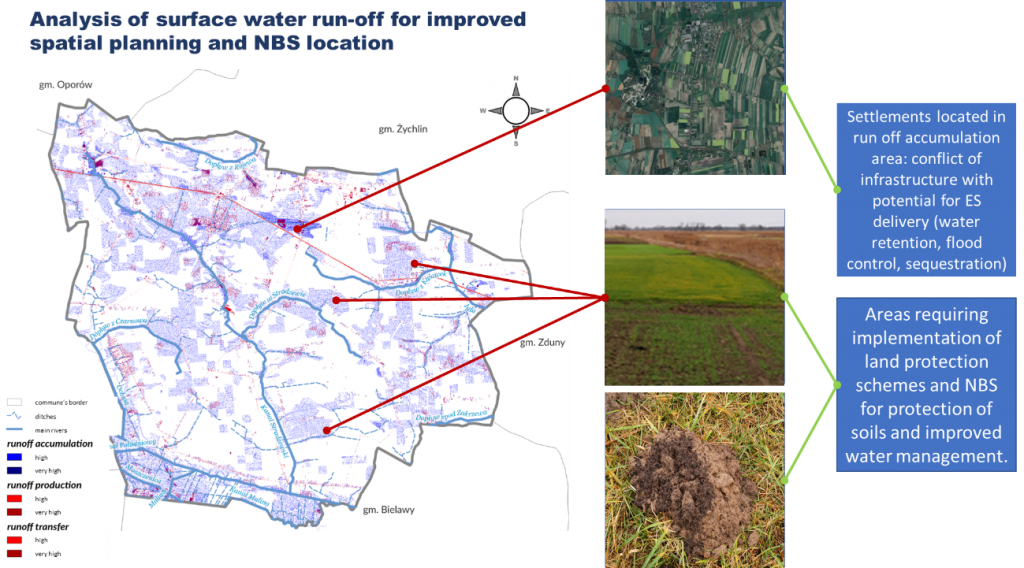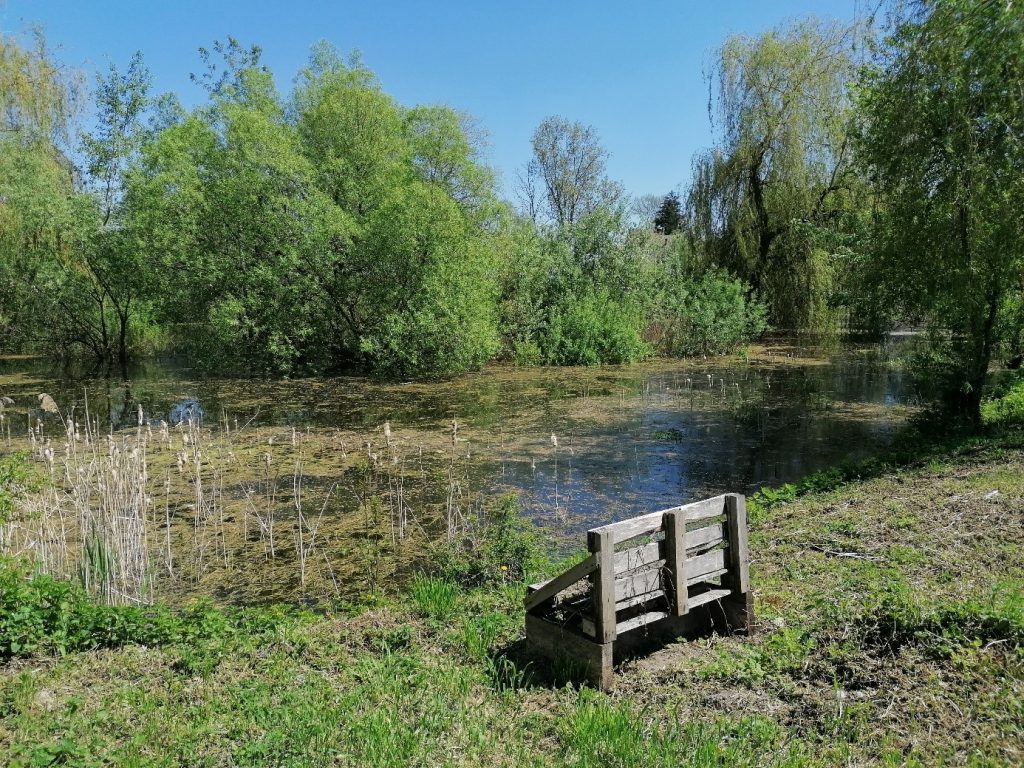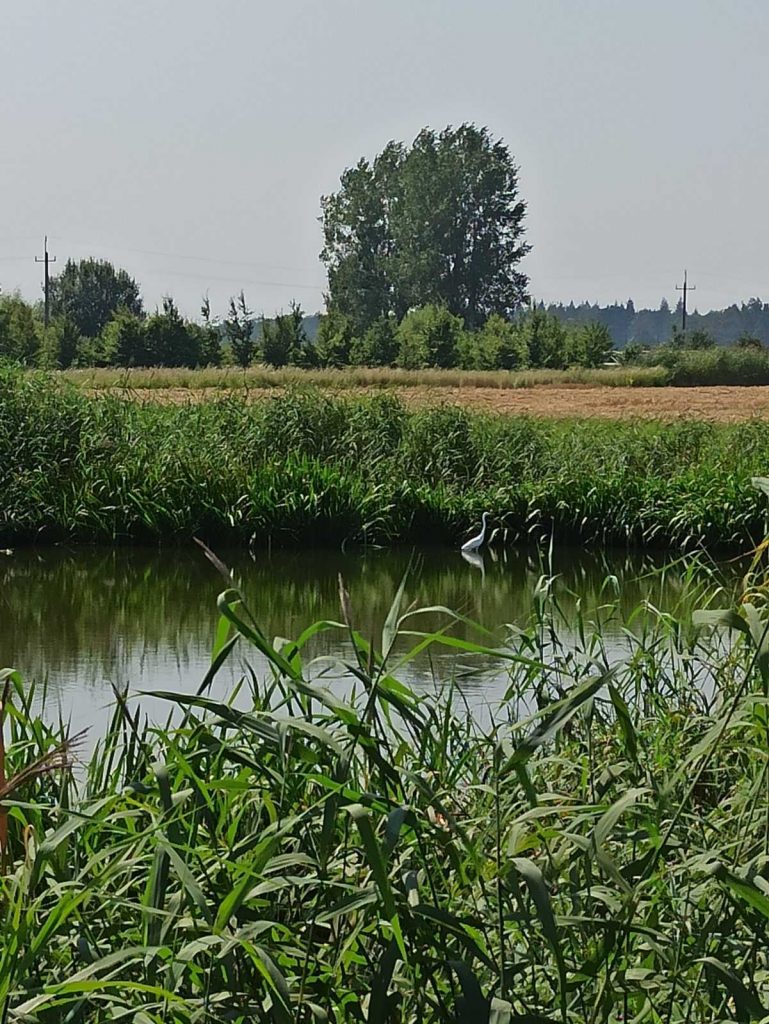NATURE-BASED SOLUTION FOR INCREASED WATER RETENTION IN LANDSCAPE LEVEL
NATURE-BASED SOLUTION FOR INCREASED WATER RETENTION IN LANDSCAPE LEVEL
Kinga Krauze, Tomasz Rychlicki and Katarzyna Izydorczyk (ERCE)
The collaboratively developed The Local Action programme for increased water retention in the Bedlno Commune is focused on two main elements: the modernisation of the drainage system towards controlled run-off, and the application of nature-based solutions (NBS).
Controlled run-off is linked with increased soil and river channel retention, while implementation of NBS requires a strong pressure on sustainable landscape planning. The modernization of drainage system lays in the competences of the Polish Waters, however the in-site efficiency of the system depends on collaboration with farmers and establishing the strict rules for system operation.
NBS consist of preservation / re-establishment of plant buffer strips, mid-field afforestation, restoration of wetlands or construction of artificial wetlands, restricted land development in areas being run-off generators and accumulators. This requires comprehensive top-down (commune local plans) and bottom up (at farm management level) actions. As NBS are established in particular locations, often involving private lands, and benefits are distributed broadly, beyond those locations, increase with time, and often not offer immediate gains, a prior effort should be done in awareness raising.
Water management in the situation of high seasonal demand coupled with low supply, requires compromises, and balancing the costs and gains among communities’ members. Furthermore, the success is possible only with system solutions, where nature is a stakeholder and environmental justice is a core. Thus, strong education campaigns among farmers and for authorities are a must. They need to make clear the variety of NBS effects: water retention in the landscape, water self-purification, soil formation and increase of its fertility, and increasing biodiversity and hence low-cost disease prevention and pest control. Also, the best and bad practices need to be discussed together with their long-term ecological thus economic and well-being consequences to the locals.
Established human capital coupled with the planned eco-schemes in the new RDP perspective, and climate change adaptation actions in the Regional Operational Programmes 2021-2027, are believed to become important drivers for implementation of sustainable drainage and NBS measures in agricultural areas.





